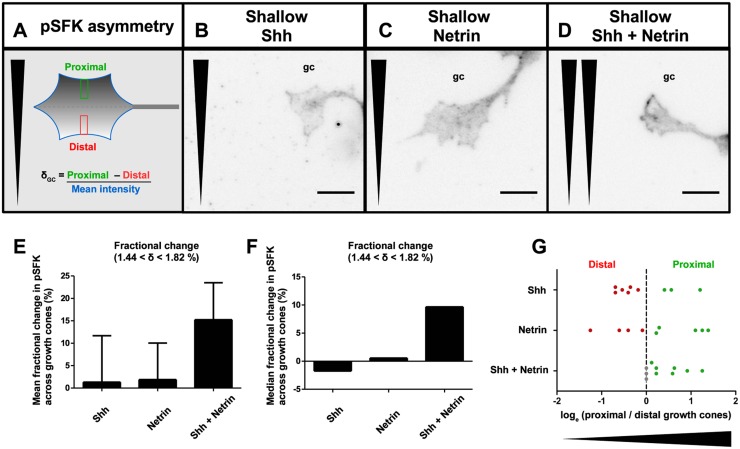Fig 6. Combined shallow gradients of Shh and Netrin-1 synergize to polarize activated Src family kinase within the growth cone.
(A) pSFK asymmetry across each growth cone was measured as the fractional change in pSFK fluorescence (δGC). This was defined as the difference between mean intensities in the proximal third (green rectangle) and the distal third (red rectangle) of the mean intensity profile spanning the width of the growth cone, divided by the mean intensity of the entire growth cone area. Growth cones exposed to shallow, 1.44 < δ < 1.82% gradients of (B) Shh alone or (C) Netrin-1 alone do not show a directional bias in pSFK distribution after 2 h. However, (D) in the combined gradient, pSFK is asymmetrically localized to the proximal side of the growth cone (in this example, there is an 18% pSFK fractional change, similar to the mean fractional change that we observe in [E]). This results in a higher (E) mean and (F) median fractional change in pSFK across the growth cones. Polarized pSFK growth cone asymmetry was assessed by using a Wilcoxon signed-rank test against a hypothetical median of 0 (Shh: n = 99; Netrin: n = 107; Shh+Netrin: n = 126; p = 0.018 for Shh+Netrin). (G) The ratio of the number of growth cones with proximal versus distal pSFK asymmetry for each independent gradient device for 1.44 < δ < 1.82% demonstrates that while the devices with single cue gradients of Shh and Netrin alone have no bias for a proximal versus a distal distribution, those with combined gradients have consistently equal or more growth cones that are proximally rather than distally polarized (p = 0.025, Chi-square analysis). Wedge represents direction of gradient (A–D,G). Scale bar (B-D): 10 μm. Error bars represent SEM.

